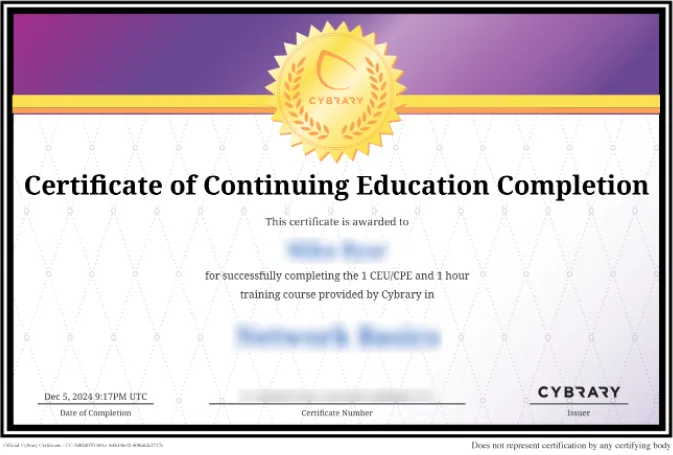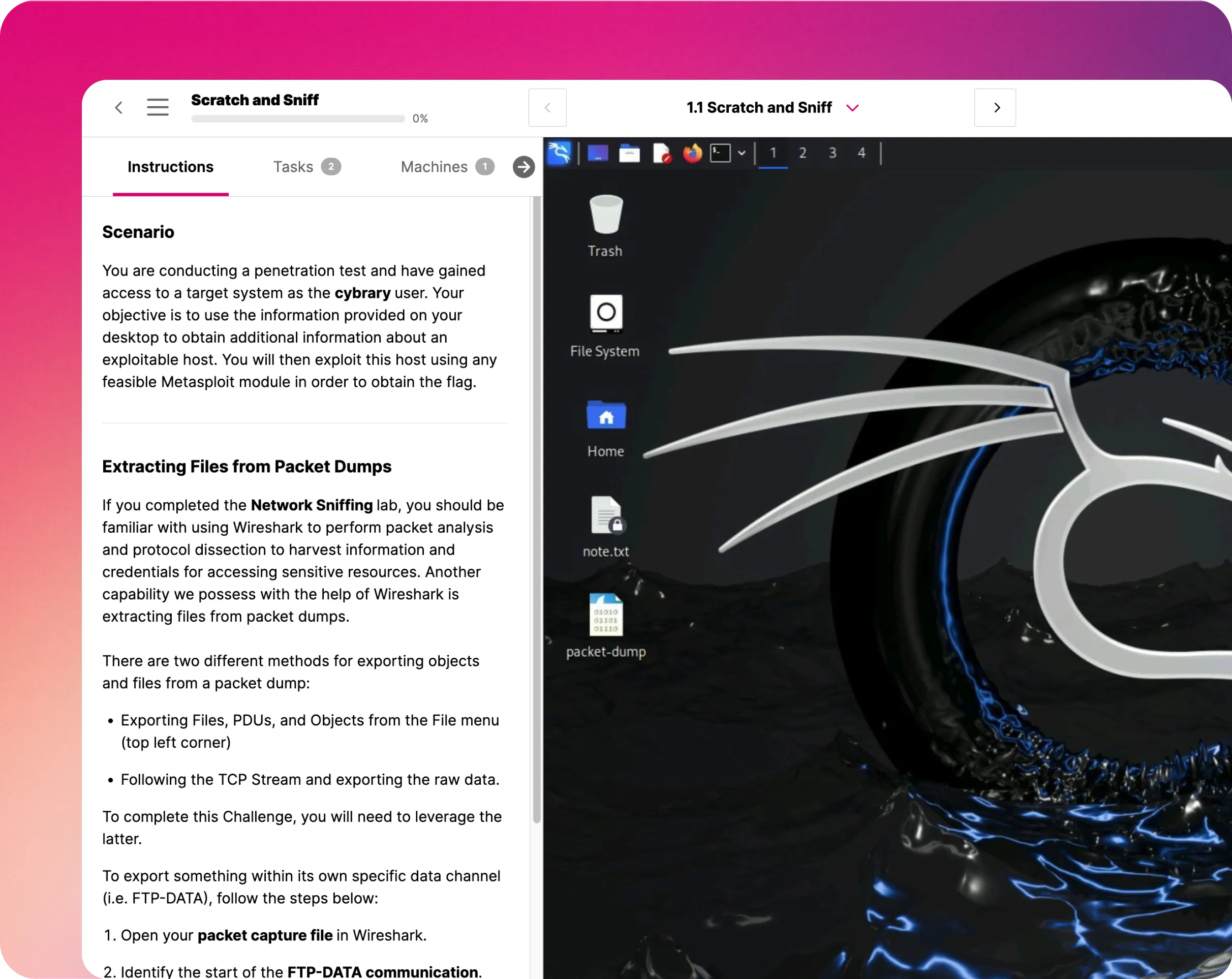Disable Windows Event Log and Timestomp
Sophisticated threat actors like APT29 will use the techniques Disable Windows Event Logging and Timestomp for defense evasion to prevent defenders from seeing their presence on the network. You will detect this nefarious activity in our virtual lab so you can react to advanced attackers and outsmart them.

Course Content
Defense Evasion is the general group of techniques used to avoid detection and hamper analysis. This course will focus on the techniques Disable Windows Event Logging and Timestomp. Publicly available threat intelligence suggests that APT29 has made use of these techniques.
Event Logs are the most commonly available source of log files on Windows systems. They may contain both explicit security alerts, as well as telemetry that can be used for additional detection analytics. Many common adversary TTPs leave artifacts in the Event Logs, making them an especially valuable source of information for defenders. These artifacts also make it dangerous for adversaries such as APT29 that want to avoid detection and maintain persistence. In such situations, adversaries may elect to deploy the Disable Windows Event Logging sub-technique in order to hide traces of their presence.
Adversaries also may use the technique called Timestomp, which is where adversaries change existing time stamps on files in order to hide their tracks. This type of thing will hamper forensic analysis of the target system, during which investigators may use file system date/time stamps to identify any files that were established or changed on a target system around the time frame of other, known unauthorized activity.
Learn how to detect and mitigate these techniques to protect your organization from this highly sophisticated type of attack.
Apply what you learn and get the hands-on skills you need in Cybrary's MITRE ATT&CK Framework courses aligned to the tactics and techniques used by the threat group APT29. Prevent adversaries from accomplishing the tactic of defense evasion.


































